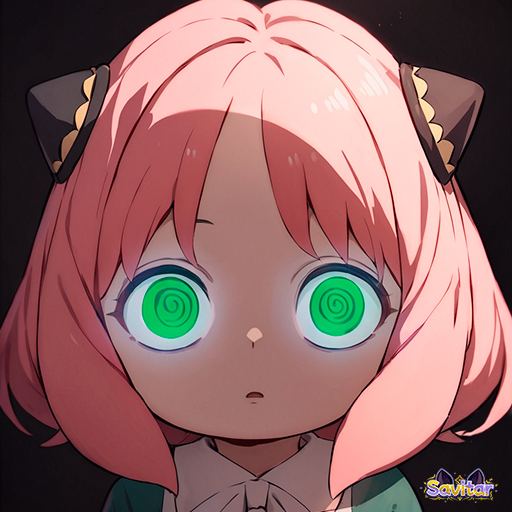🔥Access +100 Characters NSFW Hardcore for just $9.99 Monthly 😈
Can NSFW Art Be Harmful if It Involves Fictional Characters? Or Is Society Just Overreacting?
Explore whether NSFW art featuring young-looking fictional characters really has the power to influence behavior or if society is overreacting. A sarcastic take on art, psychology, and social fears.
LOLI
Savitar
9/26/20243 min read


Ah, the age-old debate: does consuming NSFW art with young-looking characters suddenly turn someone into a criminal mastermind, or are we all just being a little too sensitive? I mean, it's not like these characters are real people, right? So, why does it seem like every time a new piece of art with a youthful-looking anime character pops up, the internet collectively loses its mind?
Fictional Characters ≠ Real People (Obviously)
Let’s get one thing straight: fictional characters aren’t real. If you’re looking at a character from your favorite anime or video game, they don’t actually exist. They’re not wandering around, sipping coffee in a café somewhere. Yet somehow, the moment these characters appear in NSFW art, suddenly it’s the end of the world. People act like this imaginary character is somehow being harmed by an artist’s digital pen.
The Psychological Question: Does Looking at Art Make You Do Crazy Things?
One of the main criticisms is that looking at NSFW art with young-looking characters will somehow "trigger" someone to go out and commit real-life crimes. But where's the proof of that? Spoiler: there isn’t much. Psychologists have been studying the impact of media consumption for decades, and guess what? There’s no solid evidence that watching or viewing fictional content makes you want to go out and imitate it. People who commit crimes already had serious issues to begin with—art doesn’t magically turn someone into a criminal.
It’s like saying, “Well, I played GTA last night, and now I’m feeling the urge to steal a car and drive it off a cliff.” Newsflash: most people are smart enough to separate fiction from reality. If you can't, that’s more of a you problem, not something that everyone needs to freak out over.
The Real Issue: Society’s Overreaction
Now, let’s talk about the real drama here. Society has this funny way of freaking out about things it doesn’t fully understand. If it’s NSFW art with young-looking characters, it must be bad, right? Well, slow down. There’s a huge difference between drawing a fictional character and doing something harmful in the real world. People love to conflate the two because it’s easier to point fingers and play the blame game.
Do we have some legitimate concerns about protecting people? Absolutely. But banning or shaming NSFW art with young-looking characters because of "what it might lead to" feels like a slippery slope to controlling what people can and can’t create or consume. Should we also ban every violent movie or video game because someone might get the wrong idea? It’s an endless rabbit hole.
Let’s Be Realistic: Context Matters
Sure, context matters. But here’s the kicker—when people are flipping out over fictional characters in NSFW art, they tend to forget that we’re still talking about art. We can have discussions about morality, ethics, and artistic responsibility, but labeling everyone who draws or enjoys this kind of content as some kind of criminal? That’s overkill. Fiction exists for a reason: it allows people to explore ideas, even uncomfortable ones, in a way that doesn’t hurt anyone in real life.
Final Thoughts: Are We Really Scared of Cartoons?
At the end of the day, the whole “NSFW art makes people do bad things” argument feels like society projecting its anxieties onto something that, let’s be honest, isn’t that big of a deal. If we spent as much time worrying about real-world issues as we do freaking out over fictional characters, we might actually solve some problems. But instead, we’re sitting here debating whether a drawing on a screen is going to single-handedly destroy civilization. Spoiler alert: it’s not.
So, what’s the real harm here? Probably none. But the overreaction? That’s where things get a little ridiculous.


